May 21, 2018
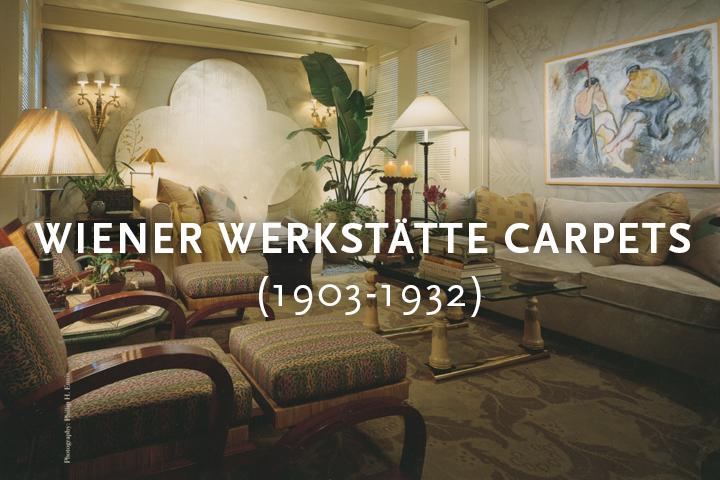
Room design by the late Robert Metzger. Photo by Phillip H. Ennis for Hampton Designer Showcase
The Wiener Werkstätte
The Wiener Werkstätte was established in 1903 in Austria by Viennese architects Koloman Moser and Josef Hoffman. For these influential reformers, “art was something that could and should permeate all aspects of life.” The Werkstätte, an association of artists and crafts people, did not privilege any one medium, and until its close in 1932 designed for the entire built environment—from architecture to all manners of decorative appointments including carpets, textiles, metalwork, ceramics and furniture.
Underlining all Werkstätte’s production was the fundamental principal of the unity of the interior. Each object produced was designed to fit within an overall scheme of decoration, and was meant to contribute to the entire effect. In spite of such a customized approach, spareness and simplicity characterize all Werkstätte designs. Rooted in concepts of the Modern, Werkstätte designs are not linked to historic precedents of naturalism in representation, but instead demonstrate the Modernist aesthetic. The workshop’s distinctive vocabulary of forms was based on abstract design, minimalism, two-dimensional decoration, and geometry.
Custom European Viennese Carpet, available in custom sizes and colors
The Werkstätte’s mission was to break down the barrier between the fine and applied arts to “raise the aesthetic standards of objects of daily use.” The integration of beauty and utility became the Werkstätte’s mantra. In addition, the rejection of hierarchy within the arts and their commitment to craft over machine production linked the Werkstätte’s manifesto to the many reformist and art movements taking place throughout Europe at the turn of the twentieth century.
Design Sources
The Werkstätte designers drew their distinctive style from the multiple and divergent sources coming from Asia, Europe, avant-garde art and folk heritage. Most apparent in their early production is the influence of the Glasgow Four, a Scottish Art Nouveau group that included the famous architect-designer Charles Rennie Mackintosh, Robert MacNair, and Margaret and Frances Macdonald. The Glasgow Four’s aesthetic was simple, strong and often monochromatic. It integrated vertically of design and abstraction of natural forms. The Werkstätte’s aesthetic was also informed by the vivid coloration, two-dimensionality, and elegance of nineteenth-century Japanese Ukiyo-e prints. Furthermore, Werkstätte artists quoted Austrian folk heritage, which they romantically saw as “harmonizing unselfconscious individualism and uninterrupted tradition—free from both conformist monotony and the forced stylishness of ‘civilized’ expression.” Werkstätte artists also consolidated later twentieth century forms coming out of Cubist, Futurist and Constructivist schools of painting, adapting, the abstract and geometric patterning.
Deco Border Viennese Carpet in Red
Textiles and Carpets at the Wiener Werkstätte
Even before the formal establishment of the Werkstätte’s textile department around 1910, Hoffman and Moser considered carpets and textiles integral to their larger architectural schemes. Architectural designs often called for the same textile or carpet pattern to be used throughout and interior to create a unity of effect. Carpet and textile patterns were often designed to be used interchangeably, thus increasing their adaptability and functionality within the architectural environment.
'Palm Leaf' design rendering
Custom Palm Leaf Carpet Cut Pile Technique with Wool/Nettle
The Early Period (1903-1910)
Moser’s textile designs were strongly influenced by Asian and in particular Japanese traditions of printmaking and stenciling (katagami). His carpet compositions present distinctive stylized plant and animal forms as well as abstract linear compositions. Hoffman’s greatest asset was his facility for both architecture and interior decoration. An aspect of his genius was his fantastic ability to adapt current design trends to suit both modes. While he was not a profile textile designer, his carpets and fabrics were always part of a larger aesthetically integrated scheme. Hoffman’s early textile work is characterized by simple, monochromatic, and geometric patterns. Common to both these designers, are their use of simple shapes like the square, circle and triangle often combined together to create complex designs. In many instances, two-dimensional plant forms compliment the geometric backgrounds. Most often, the colours used were a vivid combination of primary colors and of black.
"Stream" Carpet Design by Josef Frank
While both Hoffman and Moser’s designs were clearly developed with a homogeneous Werkstätte aesthetic in mind, early and later textile designs were also commissioned from artists of varying backgrounds and design inclinations. In particular, during the first decade of production Hoffman and Moser favored designs coming out of the English Arts and Crafts movement.
Tulips Carpet
The Werkstätte Textile Department: Design and Production (1910-1932)
The Werkstätte textile studio was established by Eduard Josef Wimmer-Wisgrill in 1910, and was a hub for designer activity. It would employ more than one hundred artists and create over 1800 textile and carpet patterns.
With the founding of the Werkstätte’s textile department came new talent. Dagobbert Peche brought his distinctive angular or spiky style to the catalogue of Werkstätte textile designs beginning in 1911. After World War I, the most noted textile designers in the Werkstätte were Mathilde Flogl, Felice Rix, and Maria Likarz. Likarz was by far the most prolific and began supplying her stylized floral and geometric patterns for both textiles and carpets after 1912. Flogl and Rix were strongly influenced by both Peche and Likarz. These later textile patterns are more subdued in their palate and include a preference for ‘busy’ designs. In addition, the patterns created either highlight the floral or the geometric. The stylized floral patterns are more intertwined, the stems are elongated, and the whole is often outlined in a contrasting color. The geometric pattern designs are often angled and created with more complex shapes.
The two companies responsible for the production of Werkstätte carpets were Backhausen and Sohne and the Vereingte Smyrna = Teppich = Frabriken AG of Cottbus. The principal manufacturer, Backhausen, produced two kinds of carpets: “velour” or machine-woven broadloom carpets and “smyrna” or hand-knotted carpets. The sizes made varied from hall runners, to smaller area carpets. In many instances, carpet patterns were produced with different color schemes in order to fit into a specific interior. Similarly, textile and carpet patterns were also interchangeable serving to illustrate the adaptability of the Werkstätte’s designs.
During their time, Werkstätte carpets were bought by clients from the cultural elite and the avant-garde. While many of their designs drew from the contemporary sources, they foreshadowed the future trends of Art Deco and Modernism. Their continuing popularity is an indication of their timelessness and relevance for many of today’s interiors.
Please view our Custom Modern & 20th Century Carpet Collection for more designs that can be customized in sizes and colors.

![88309-[12-1x10-6]-FJ Hakimian 88309-[12-1x10-6]-FJ Hakimian](https://www.fjhakimian.com/sites/fjhakimian/files/88309-%5B12-1x10-6%5D-.jpg)
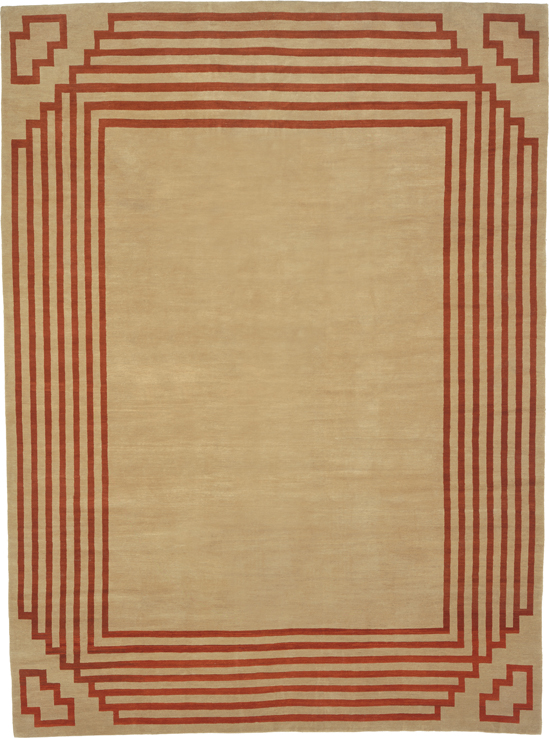
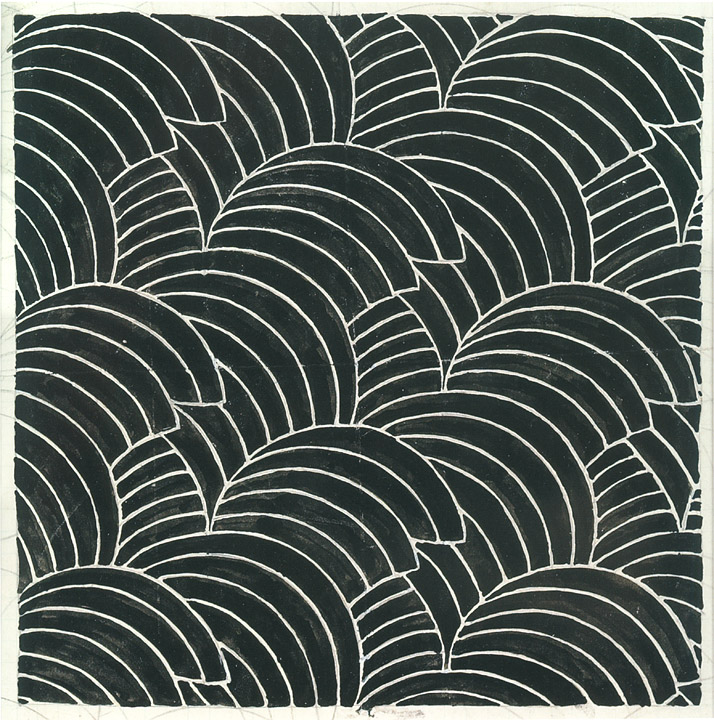
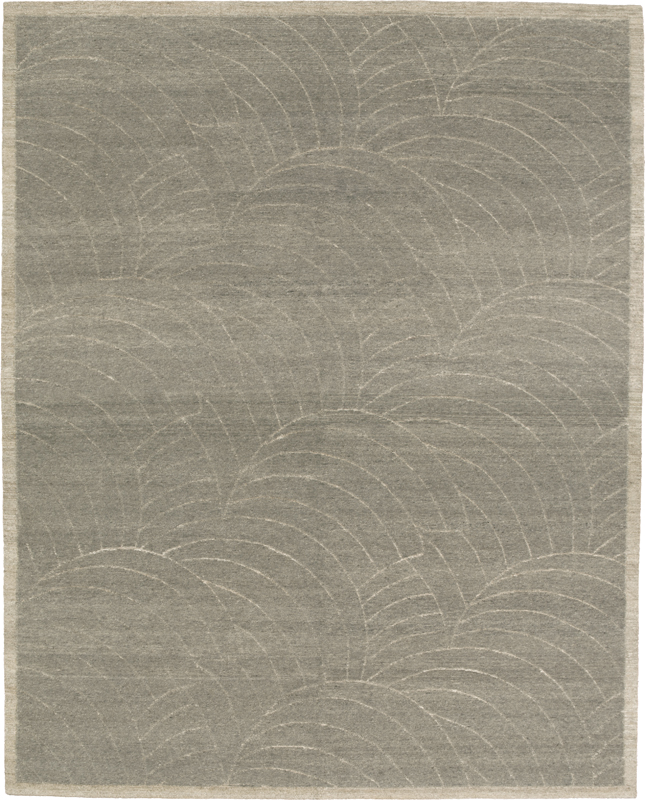
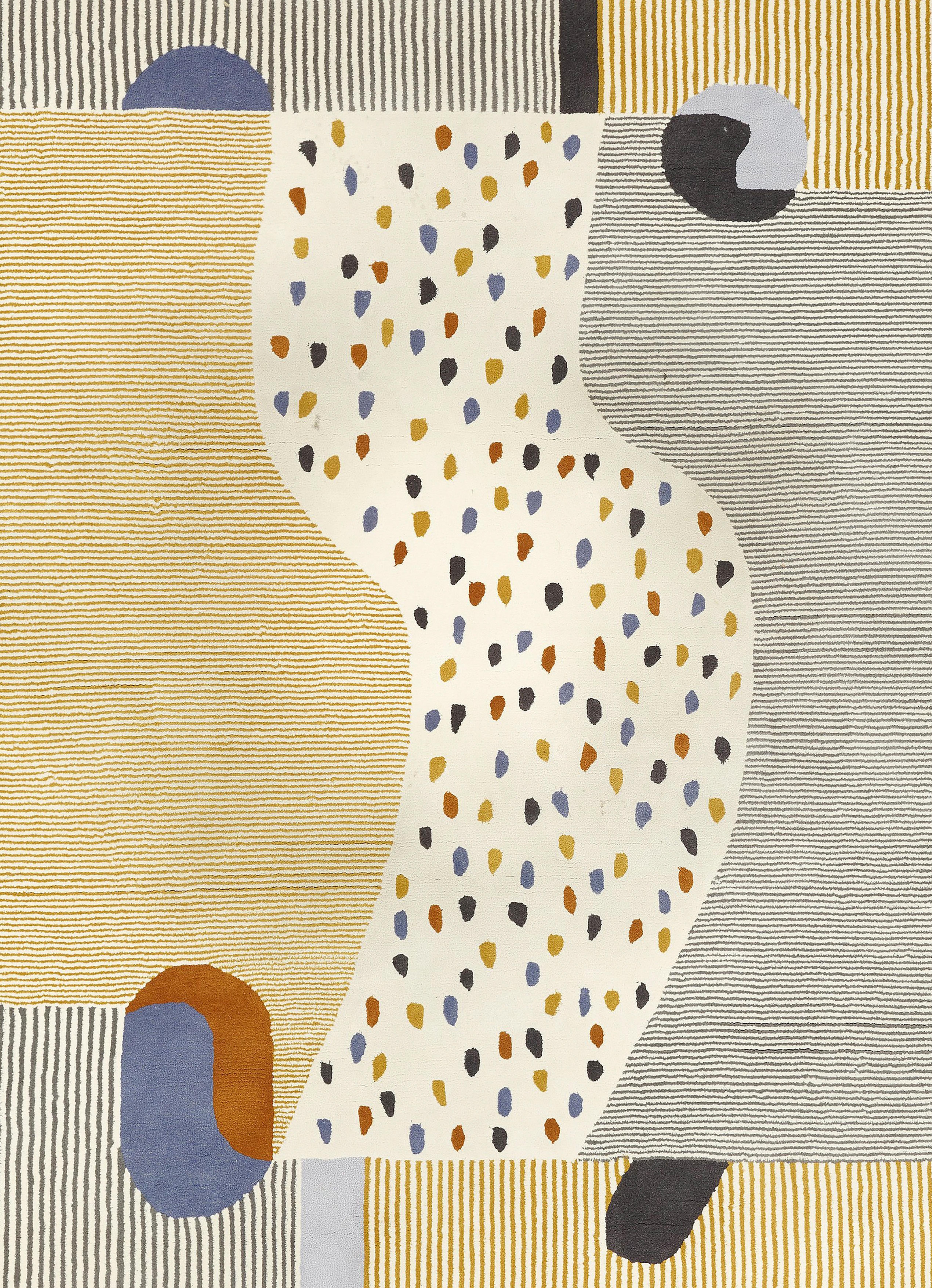
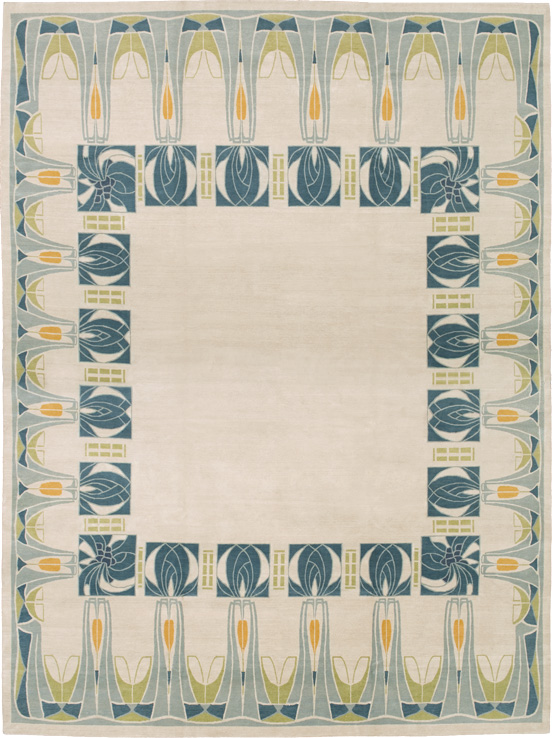
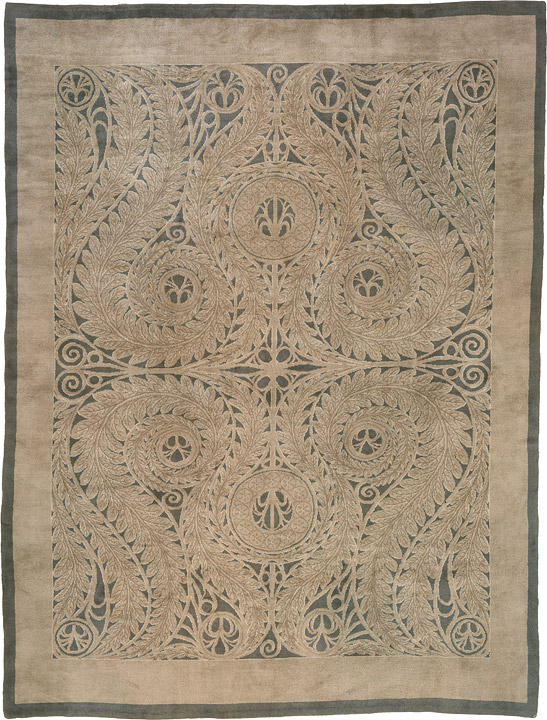
![16162-Wiener-Werkstatte-[18-6x11-3]-FJ Hakimian 16162-Wiener-Werkstatte-[18-6x11-3]-FJ Hakimian](https://www.fjhakimian.com/sites/fjhakimian/files/16162-Wiener-Werkstatte-%5B18-6x11-3%5D.jpg)